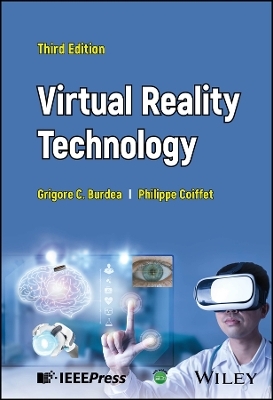
Calculus
A Lab Course with MicroCalc®
Seiten
1995
Springer-Verlag New York Inc.
978-0-387-94496-8 (ISBN)
Springer-Verlag New York Inc.
978-0-387-94496-8 (ISBN)
Preface Objectives of This Book • To teach calculus as a laboratory science, with the computer and software as the lab, and to use this lab as an essential tool in learning and using calculus. The subject matter of calculus courses has developed over many years, much by negotiation with the disciplines calculus serves, particularly engineering.
Preface Objectives of This Book • To teach calculus as a laboratory science, with the computer and software as the lab, and to use this lab as an essential tool in learning and using calculus. • To present calculus and elementary differential equations with a minimum of fuss-through practice, not theory. • To stress ideas of calculus, applications, and problem solving, rather than definitions, theorems, and proofs. • Toemphasize numerical aspects: approximations, order of magnitude, concrete answers to problems. • To organize the topics consistent with the needs of students in their concurrent science and engineering courses. The subject matter of calculus courses has developed over many years, much by negotiation with the disciplines calculus serves, particularly engineering. This text covers the standard topics in their conventional order. Mostly because of commercial pressures, calculus texts have grown larger and larger, trying to include everything that anyone conceivably would cover. Calculus texts have also added more and more expensive pizzazz, up to four colors now. This text is lean; it eliminates most of the "fat" of recent calculus texts; it has a simple physical black/white format; it ignores much of current calculus "culture". The computer has forced basic changes in emphasis and how to teach calculus.
Preface Objectives of This Book • To teach calculus as a laboratory science, with the computer and software as the lab, and to use this lab as an essential tool in learning and using calculus. • To present calculus and elementary differential equations with a minimum of fuss-through practice, not theory. • To stress ideas of calculus, applications, and problem solving, rather than definitions, theorems, and proofs. • Toemphasize numerical aspects: approximations, order of magnitude, concrete answers to problems. • To organize the topics consistent with the needs of students in their concurrent science and engineering courses. The subject matter of calculus courses has developed over many years, much by negotiation with the disciplines calculus serves, particularly engineering. This text covers the standard topics in their conventional order. Mostly because of commercial pressures, calculus texts have grown larger and larger, trying to include everything that anyone conceivably would cover. Calculus texts have also added more and more expensive pizzazz, up to four colors now. This text is lean; it eliminates most of the "fat" of recent calculus texts; it has a simple physical black/white format; it ignores much of current calculus "culture". The computer has forced basic changes in emphasis and how to teach calculus.
1 Functions and Graphs.- 2 Limits.- 3 The Derivative.- 4 Applications of Derivatives.- 5 Integration.- 6 Applications of Integration.- 7 Functions and Integrals.- 8 Approximation.- 9 Power Series.- Appendix A Formulas and Derivatives.- Appendix B Integrals.
| Reihe/Serie | Textbooks in Mathematical Sciences |
|---|---|
| Zusatzinfo | 262 Illustrations, black and white; XI, 332 p. 262 illus. |
| Verlagsort | New York, NY |
| Sprache | englisch |
| Maße | 178 x 254 mm |
| Themenwelt | Informatik ► Office Programme ► Outlook |
| Mathematik / Informatik ► Informatik ► Theorie / Studium | |
| Mathematik / Informatik ► Mathematik ► Analysis | |
| ISBN-10 | 0-387-94496-6 / 0387944966 |
| ISBN-13 | 978-0-387-94496-8 / 9780387944968 |
| Zustand | Neuware |
| Haben Sie eine Frage zum Produkt? |
Mehr entdecken
aus dem Bereich
aus dem Bereich
Buch | Softcover (2022)
Markt + Technik Verlag
14,95 €


